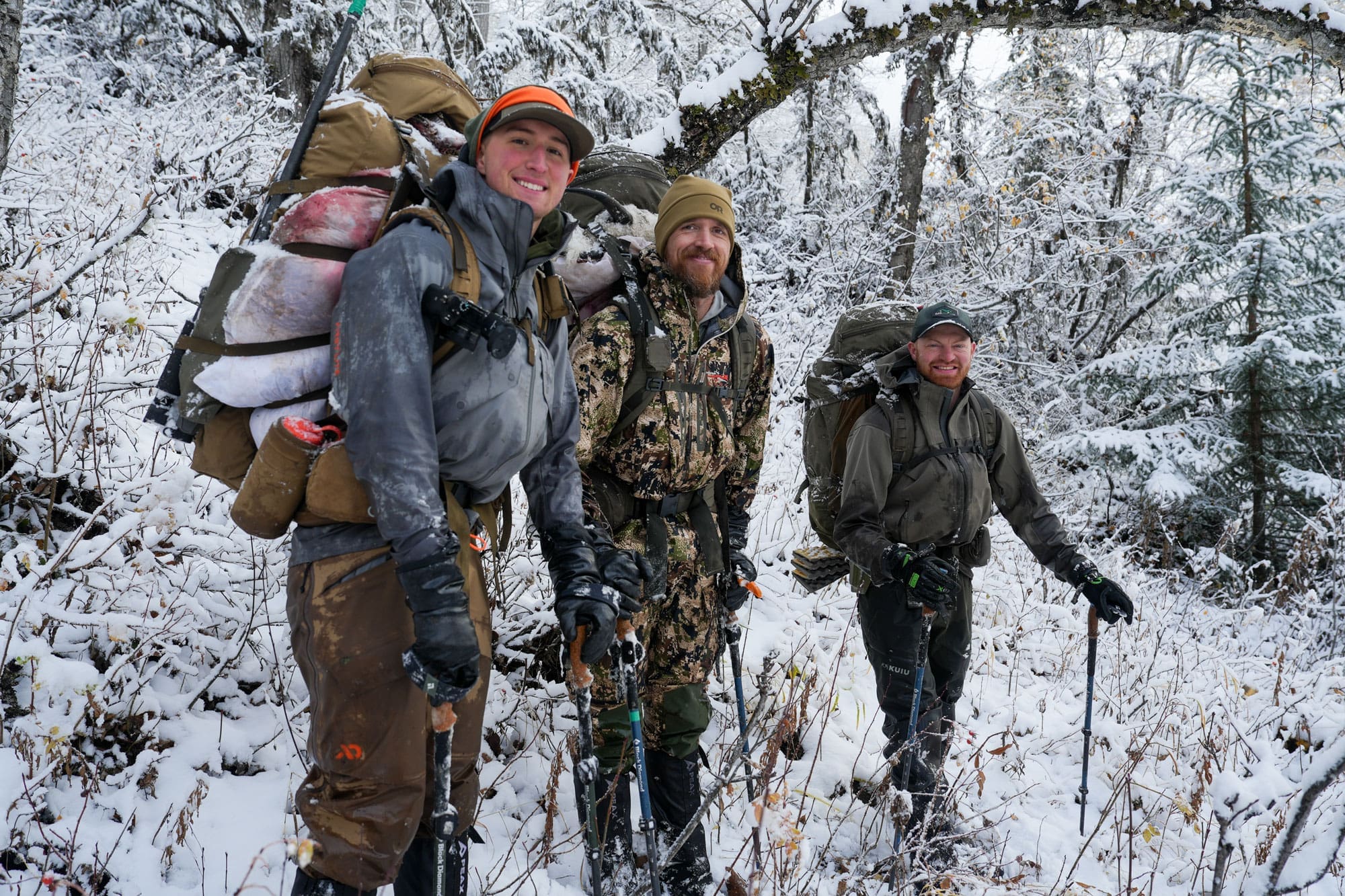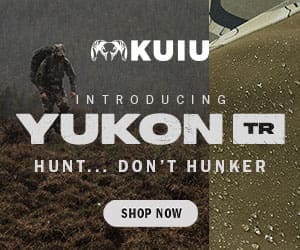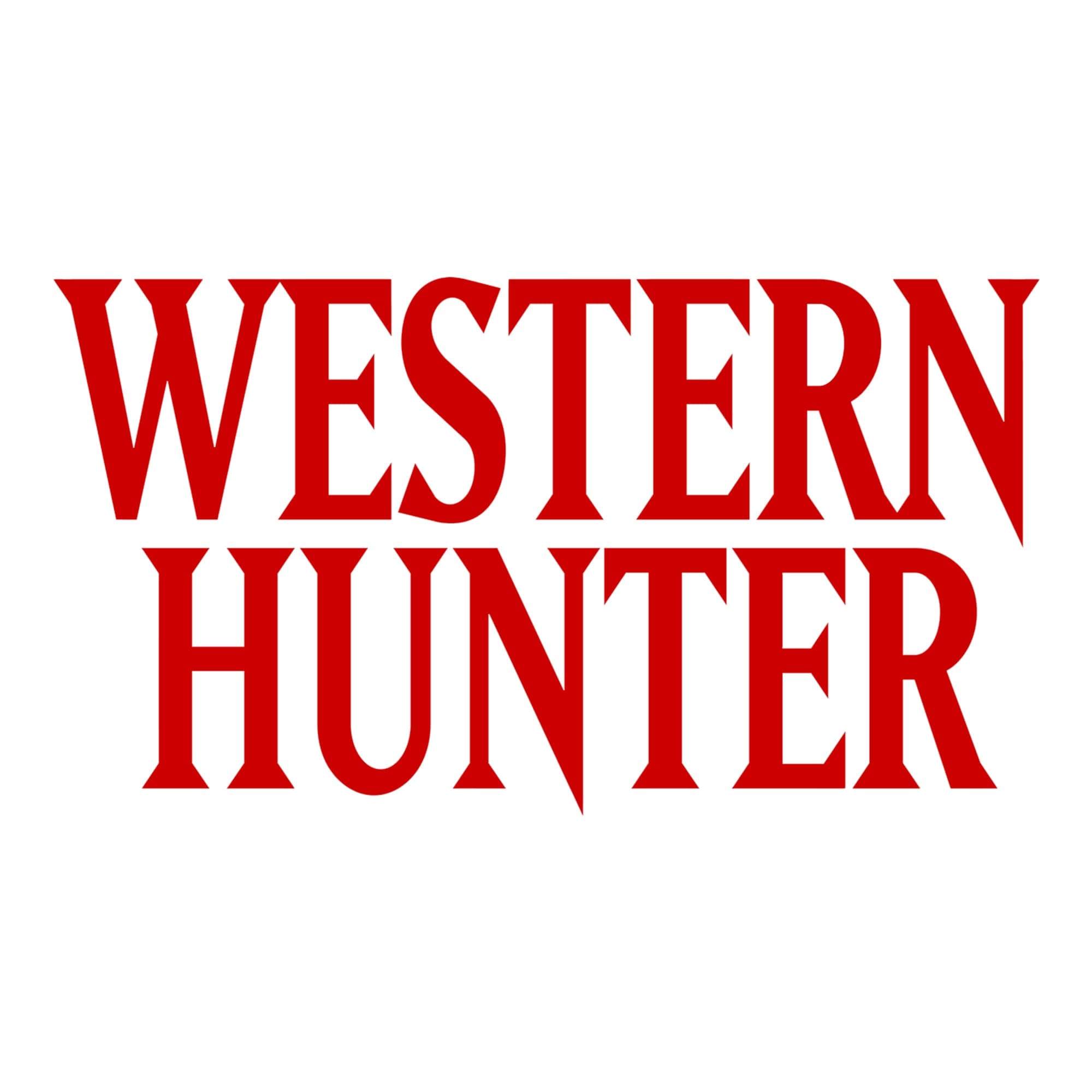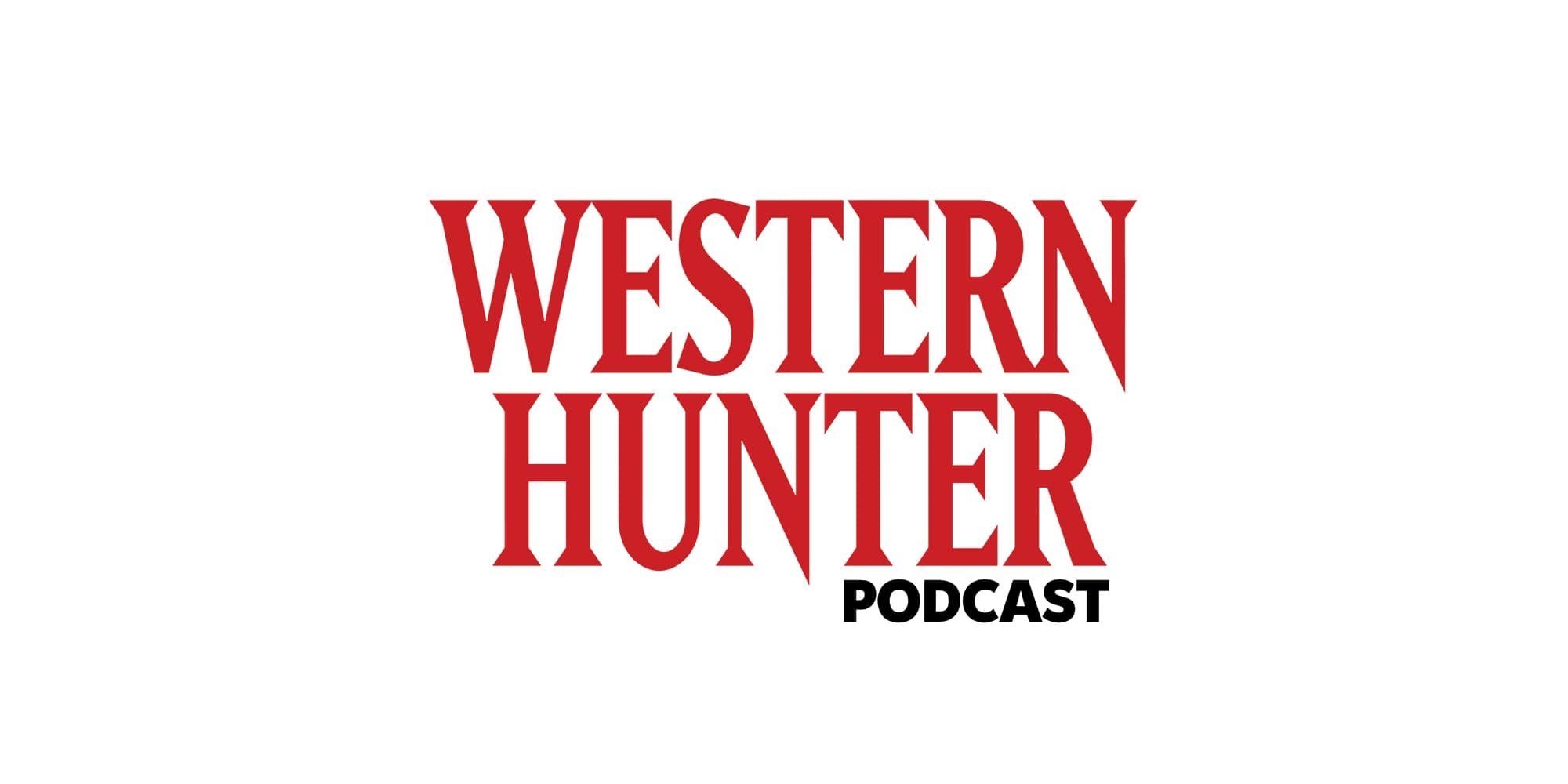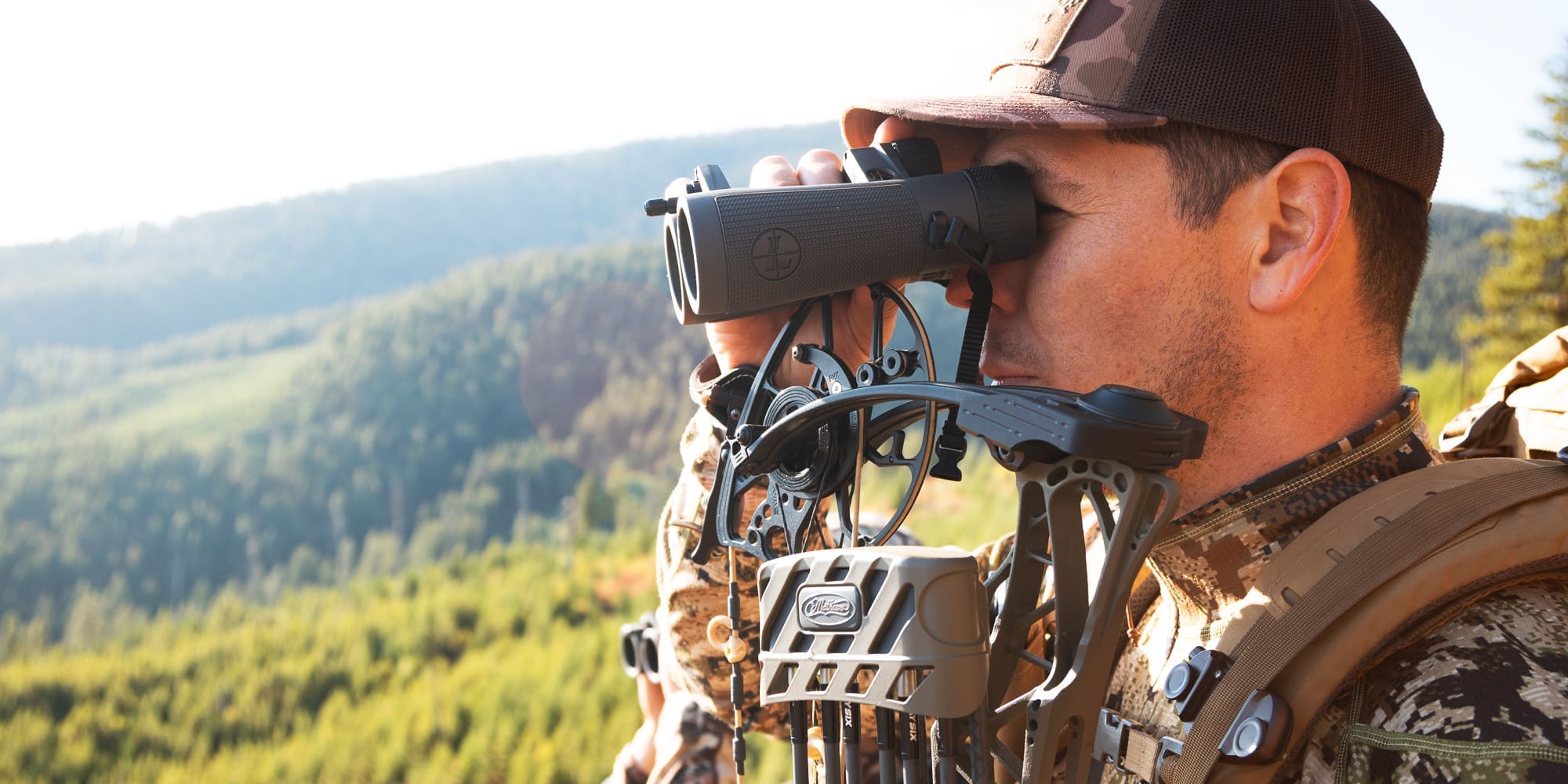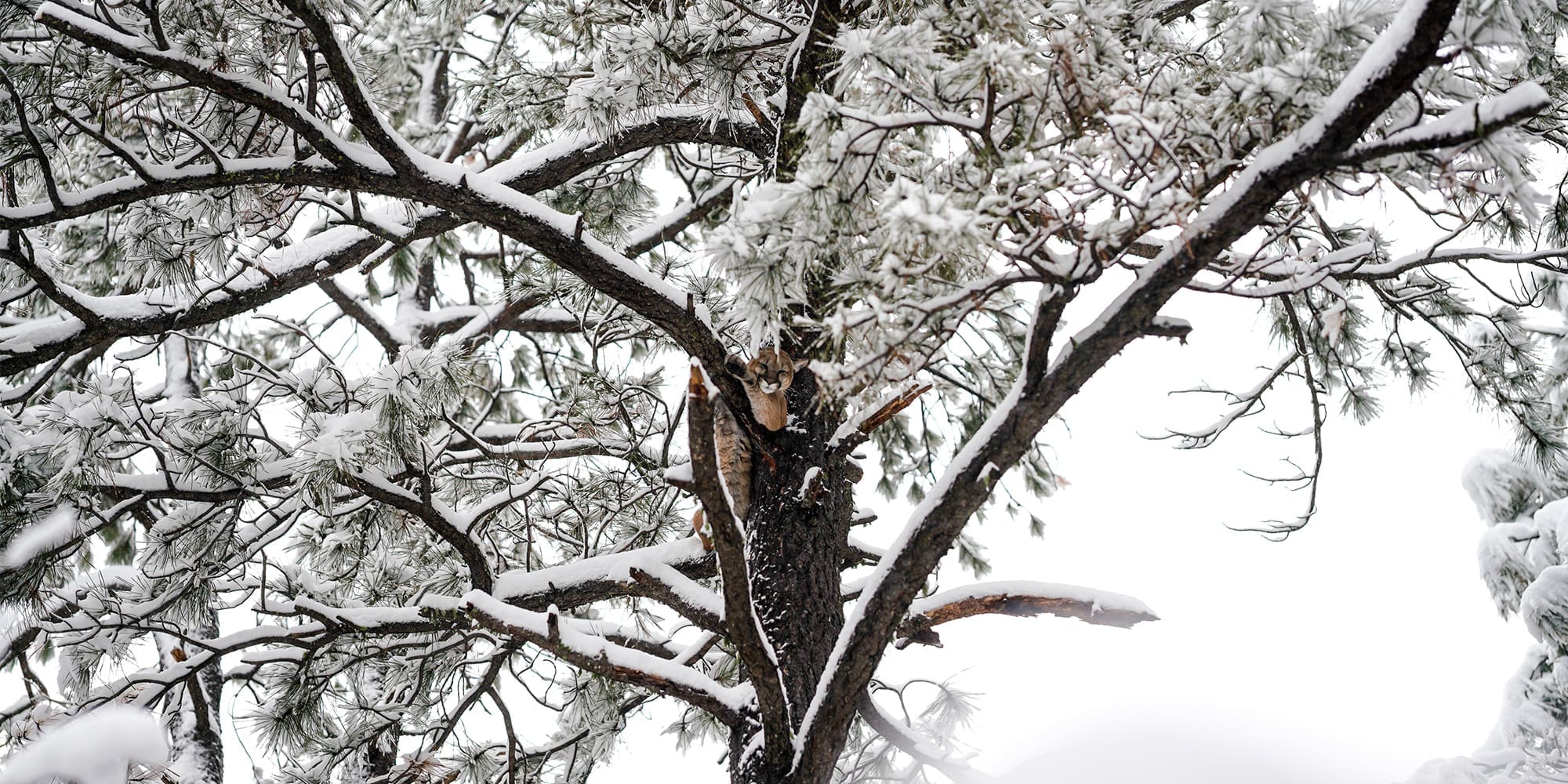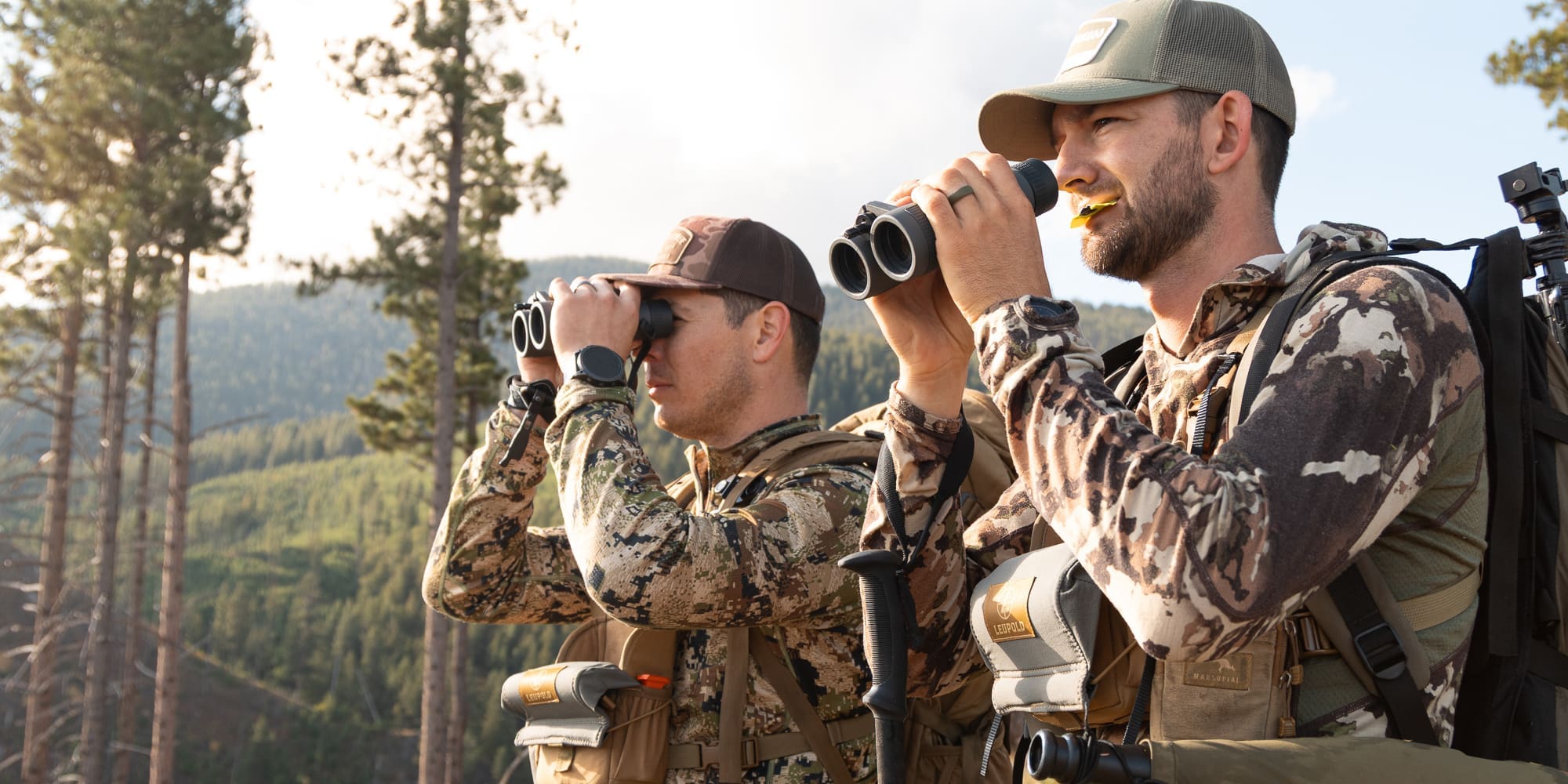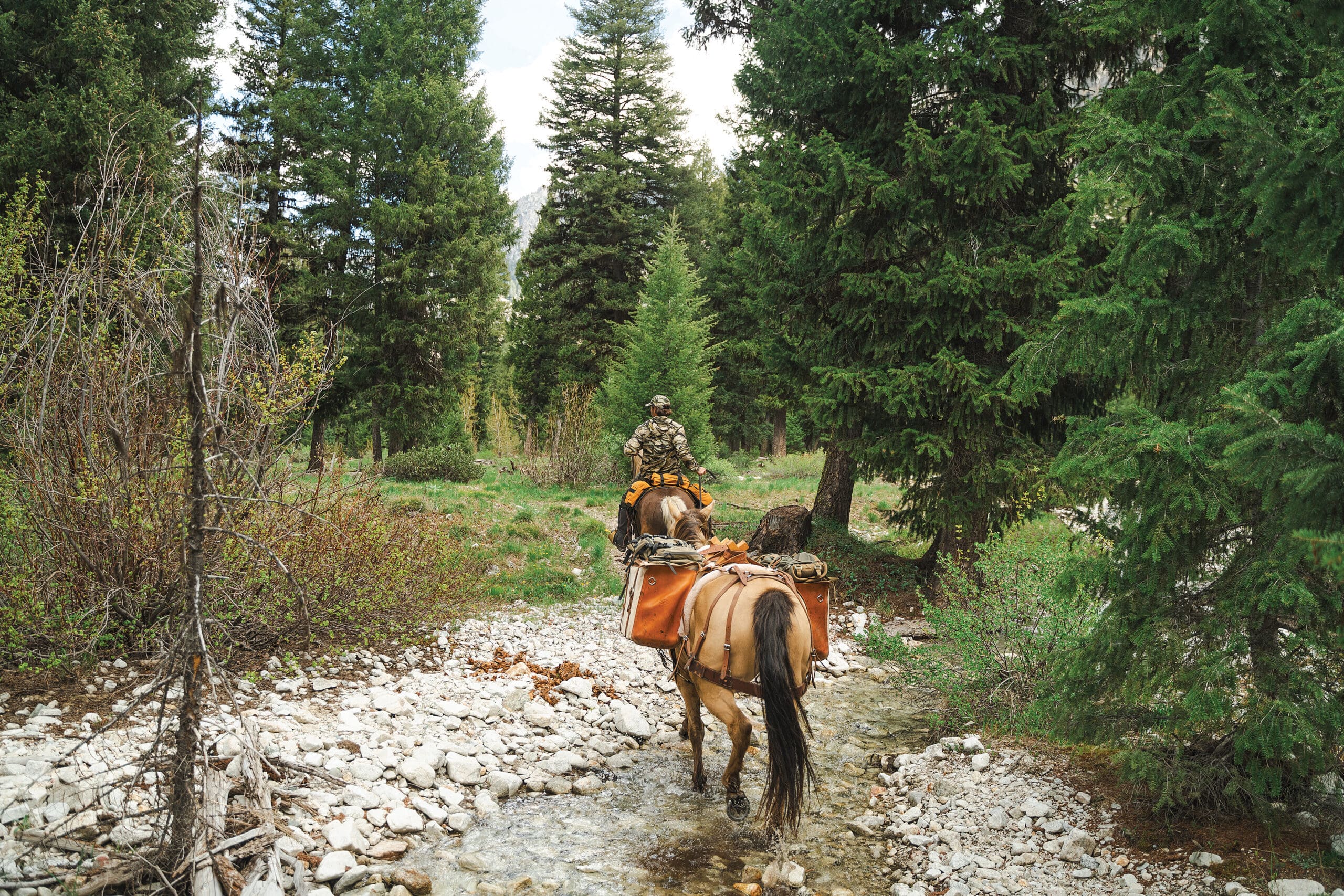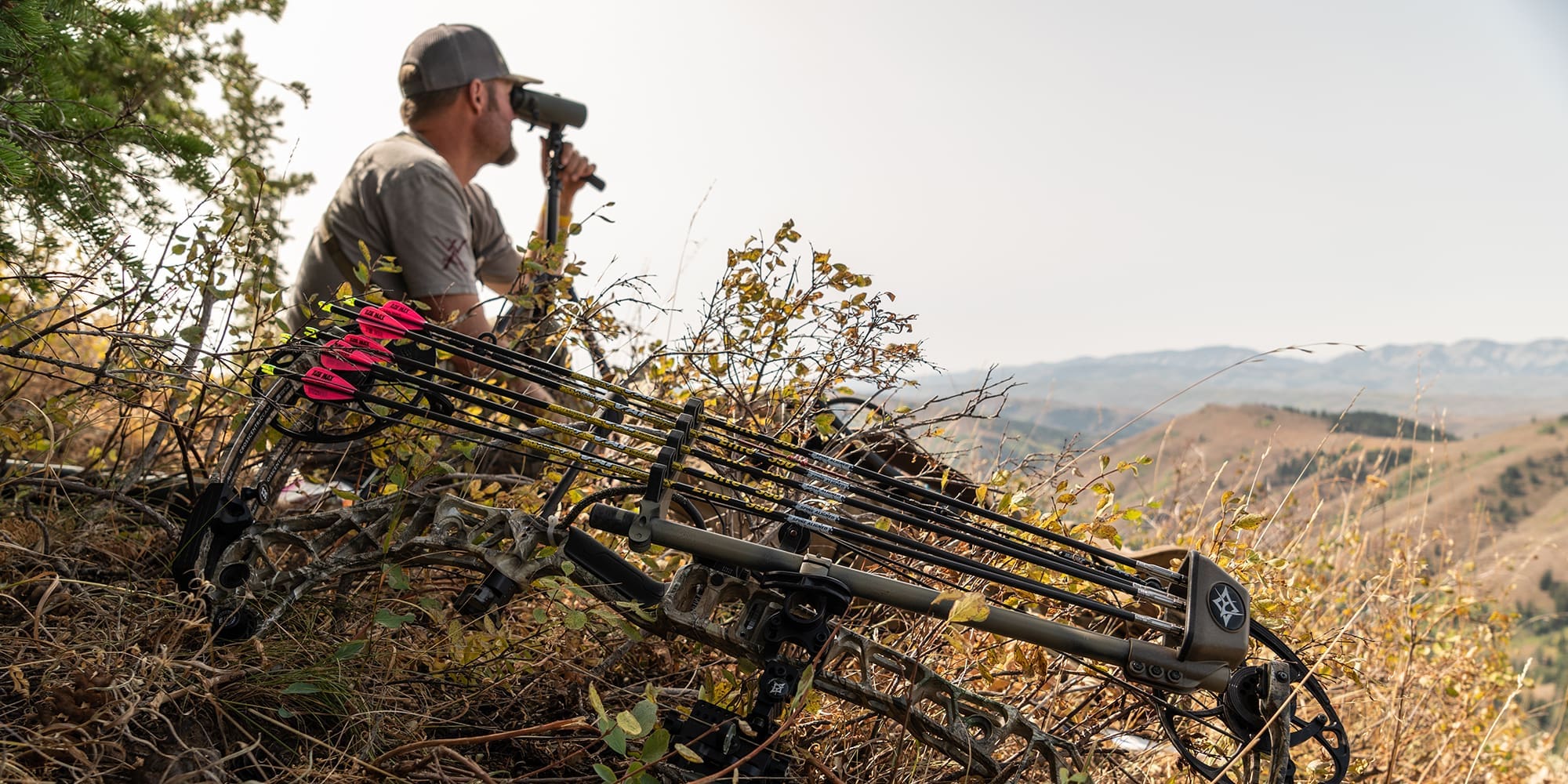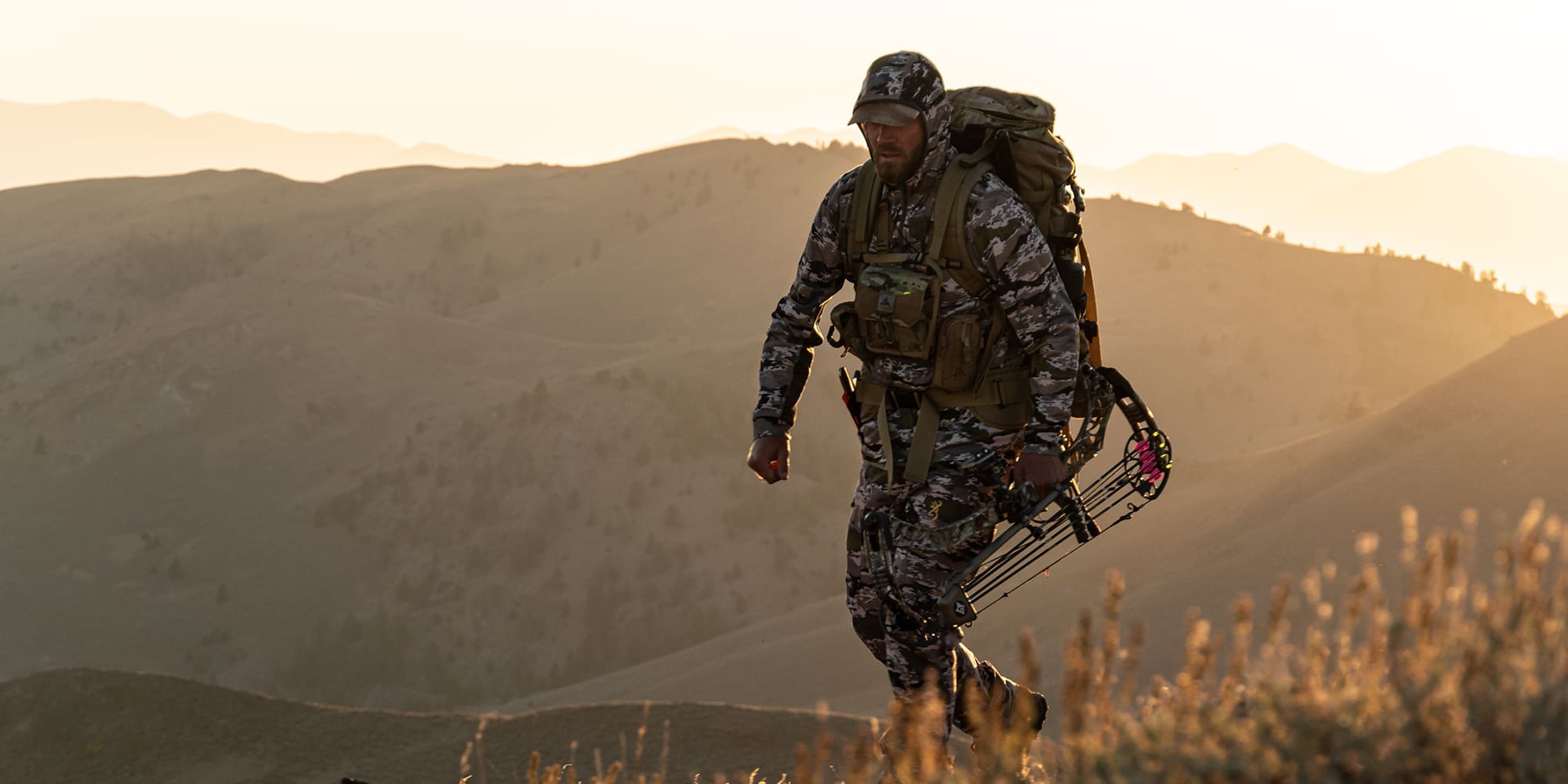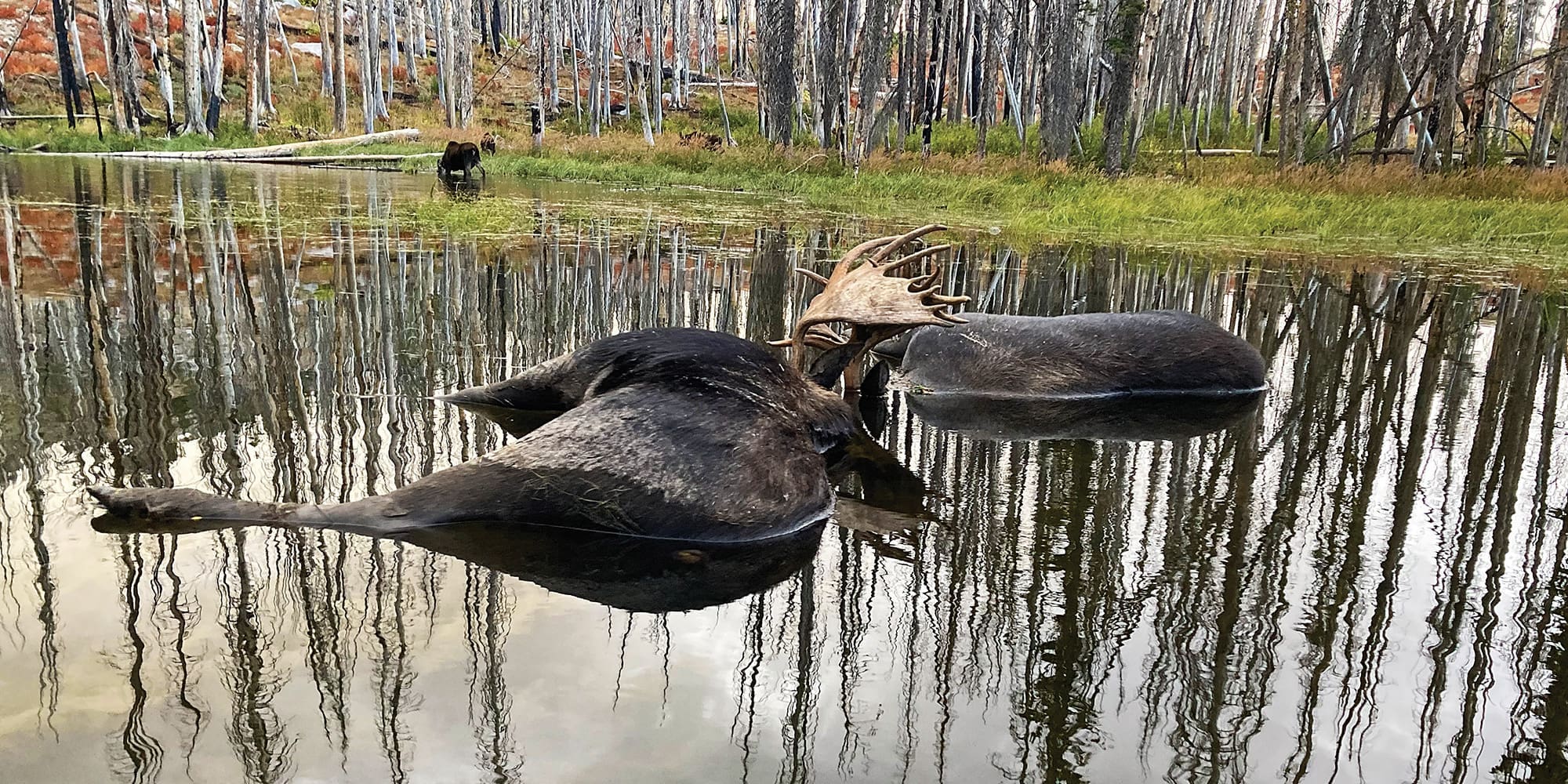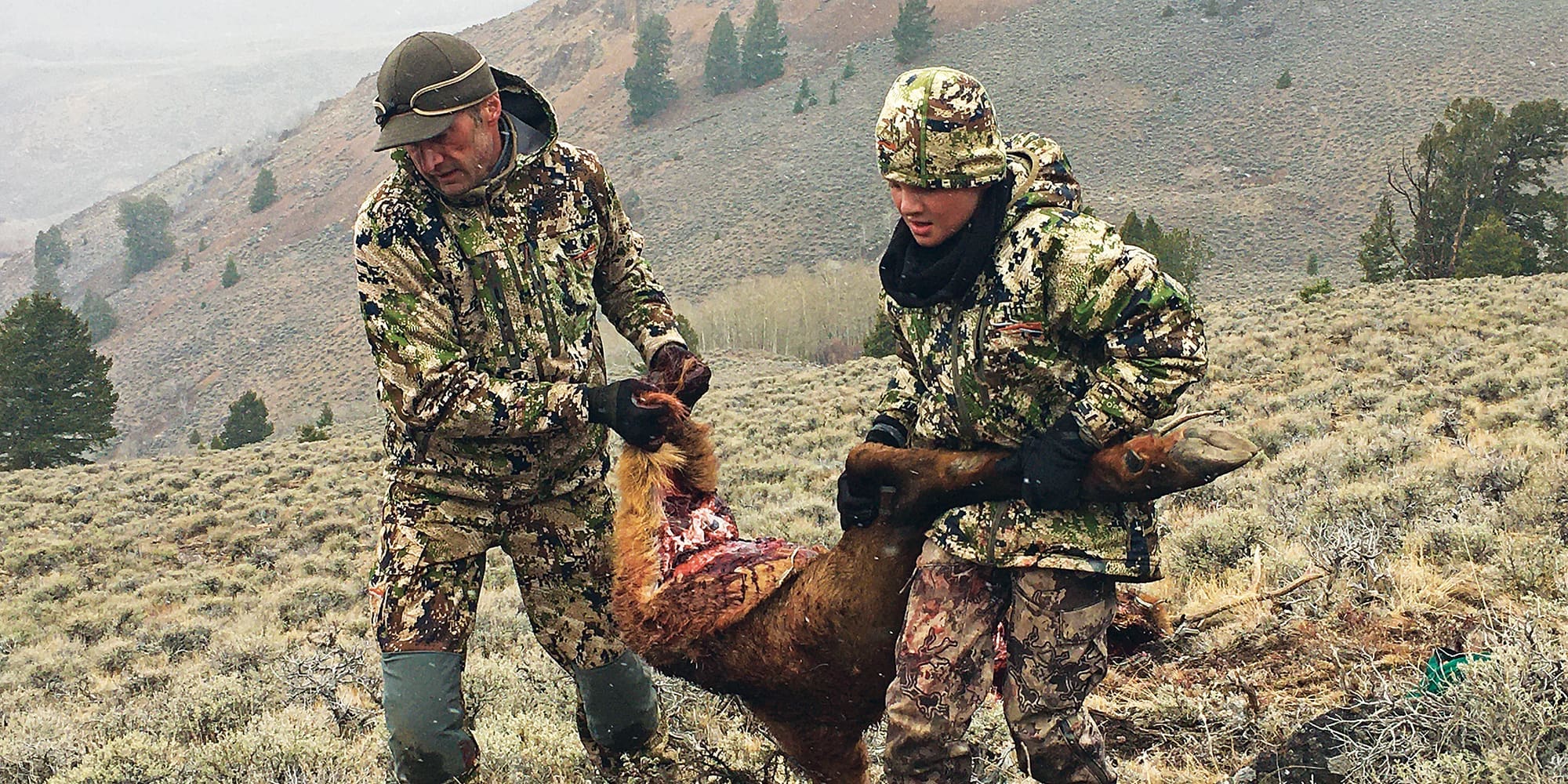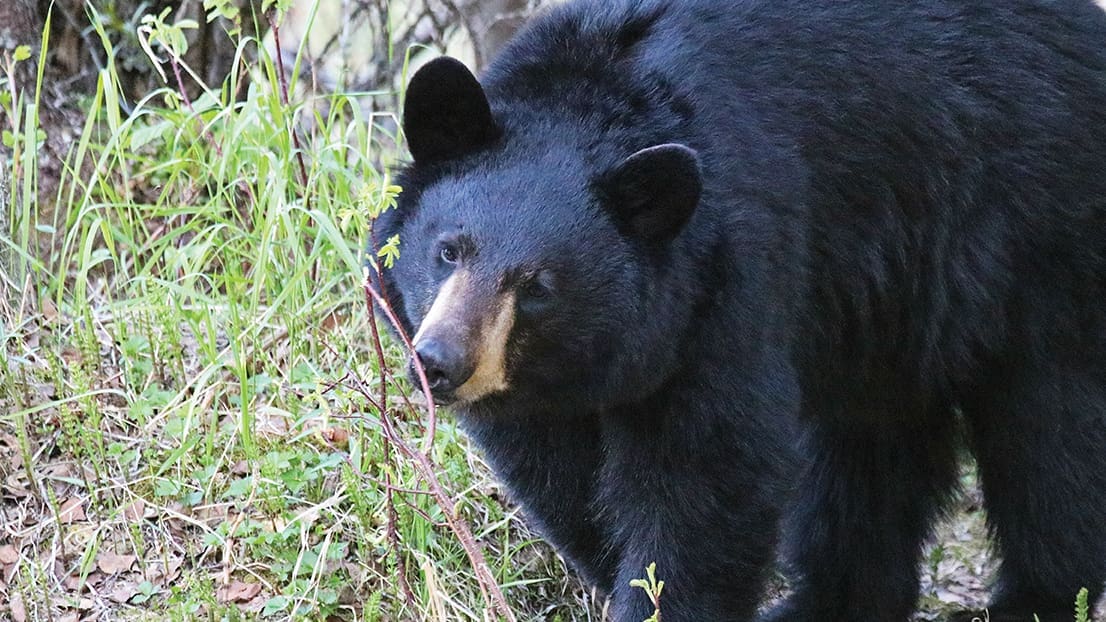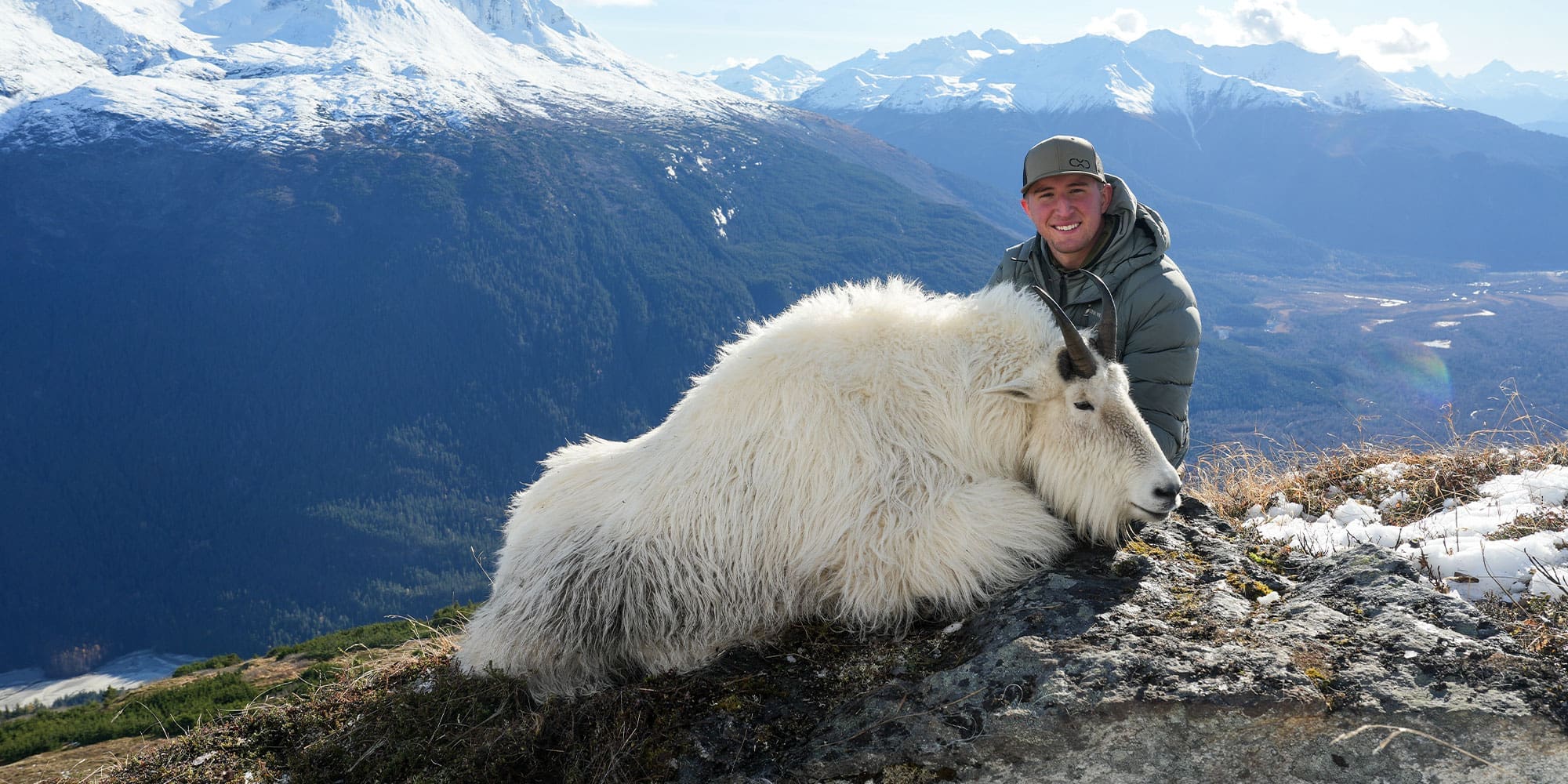
NOTICE: Certain links on this post may earn a commission for Western Hunter Magazine from Amazon or our other affiliate partners when you make a purchase. Thank you for your support.
Out Of My Comfort Zone — A South East Alaska Mountain Goat Hunt
“Are you still afraid of heights?”
“Uhhh, yeah?”
“Well, it’s looking like I might not be able to go to Alaska for my mountain goat hunt... and I was thinking of sending you.”
That was the conversation I had with my boss, Steve Speck, just three weeks before I headed out for a mountain goat hunt in Southeast Alaska.
Many of you may recognize Steve’s name. He has been in the hunting industry for years and has helped build several notable brands, including S&S Archery, Pure Elevation Productions, Solid Broadheads, and, most importantly, Exo Mtn Gear, where we design and build pack systems for backcountry hunting. Steve has been a huge influence on me and has done more than most would for a young employee, including sending me on this once-in-a-lifetime hunt.
In 2024, Steve had planned three Alaska hunts – caribou, moose, and mountain goat – with the goal of capturing them all on film for a new video series we called The Experience Project (available on our Exo Mtn Gear YouTube channel). After successfully completing the caribou and moose hunts, he had to sit out the goat hunt due to business obligations. That’s when he asked if I was still afraid of heights.
Despite my lingering fear of exposure and vertigo, I said yes. It’s not the kind of opportunity you turn down.
Preparing for Goat Country
I’ve struggled with a fear of heights for as long as I can remember. My dad has it even worse, so I’m pretty sure it runs in the family. For me, the feeling hits when I’m on open slopes without trees or cover – the kind of country mountain goats live in.
I had three weeks to prepare. Every day after work, I strapped 40 lb to my Exo pack and hiked the local hills. My goal was to show up in the best shape possible, mentally and physically, knowing I’d be pushing my limits.
Arrival in Alaska
I flew to Southeast Alaska with two of my coworkers: Mark Huelsing, who also had a goat tag, and Justin Nelson, who would be documenting the hunt on camera. Weather delays forced us to take a ferry to our final destination, which gave us our first look at the terrain. The mountains were steep, rugged, and intimidating. As we cruised past them, my stomach turned, but I knew I’d have to get comfortable with being uncomfortable.
Once we landed, our guide, Mark Rowenhurst of Limitless Alaska Guiding, picked us up and brought us to his cabin. We got settled in, checked rifles, reviewed our game plan, and packed our gear.
This was uncharted territory for all of us, including our guide. He had picked out a remote spot he’d never been to before. I’ve packed for backcountry elk, mule deer, and moose hunts, but Southeast Alaska goat hunting is another level. Rain gear wasn’t optional – it was essential. I was told I’d only need one pair of pants: rain pants. Everything was recommended to be synthetic to avoid soaking up moisture. We debated crampons, reviewed gear one last time, and packed carefully. My pack weighed in around 80 lb.
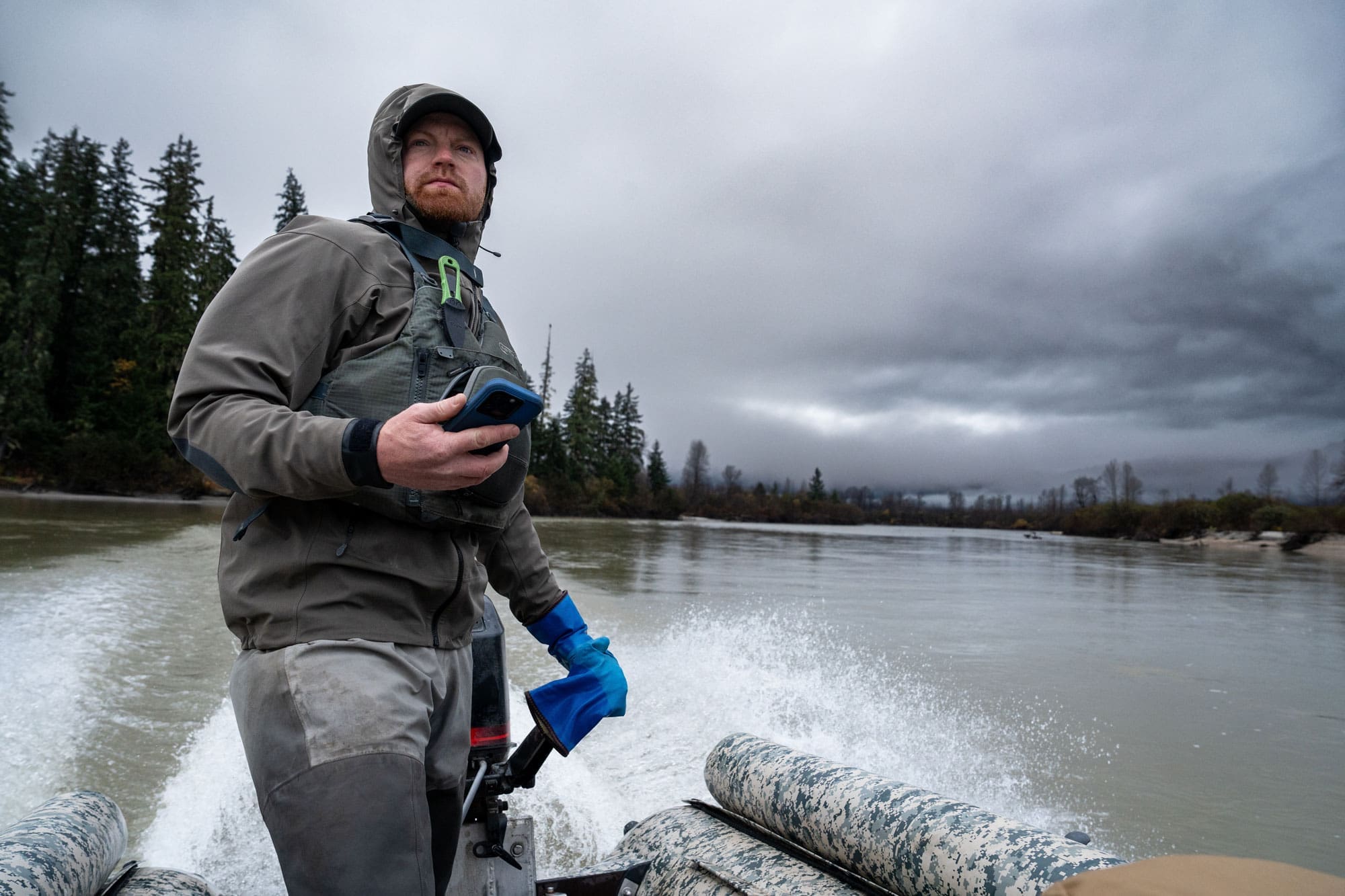
Into the Mountains
We woke early the next morning and started shuttling up the river in a small boat – four guys and a pile of gear. Eventually, we reached our jumping-off point and set up a base camp near the river. We had enough daylight to glass, so we started picking apart the terrain. We spotted some nannies and kids, along with a few lone goats we assumed were billies – too far to confirm, but promising.
The next morning, we hiked 1.9 miles and gained 2,700 vertical feet through thick brush and timber. It took nearly six hours. The spot we had marked on OnX turned out to be the only flat area around – just big enough for a couple of tents.
We spent that evening glassing, spotting a few goats across the basin. We planned to go even higher the next day.
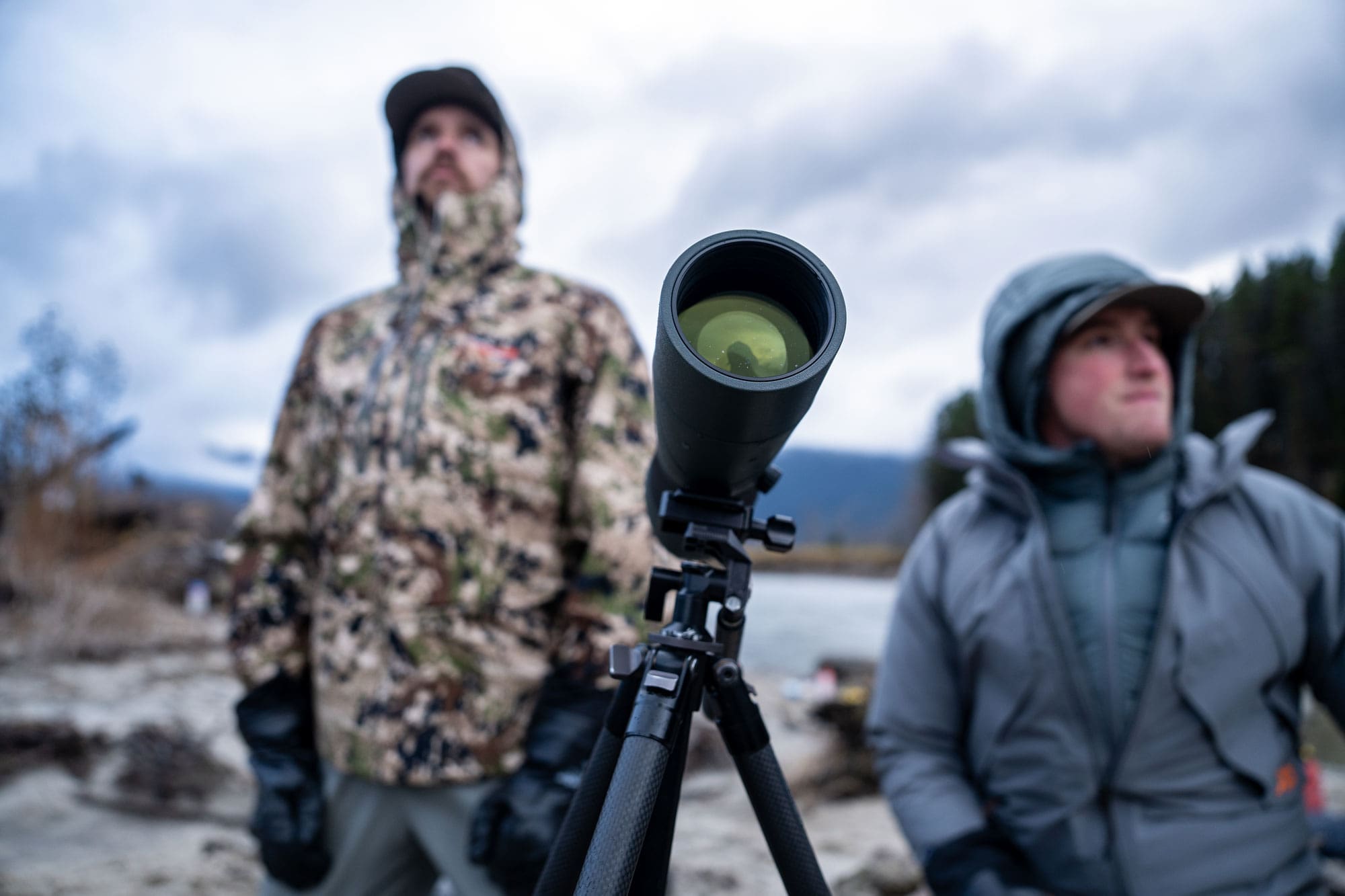
Climbing Toward the Billies
At sunrise, we emptied our packs and left camp light, climbing another 1,200 feet. The higher we went, the sketchier it got, especially for someone like me who doesn’t do well with heights. We traversed around a bluff that made my knees wobble. I was grateful to have Mark and Justin there for encouragement as I picked my way across.
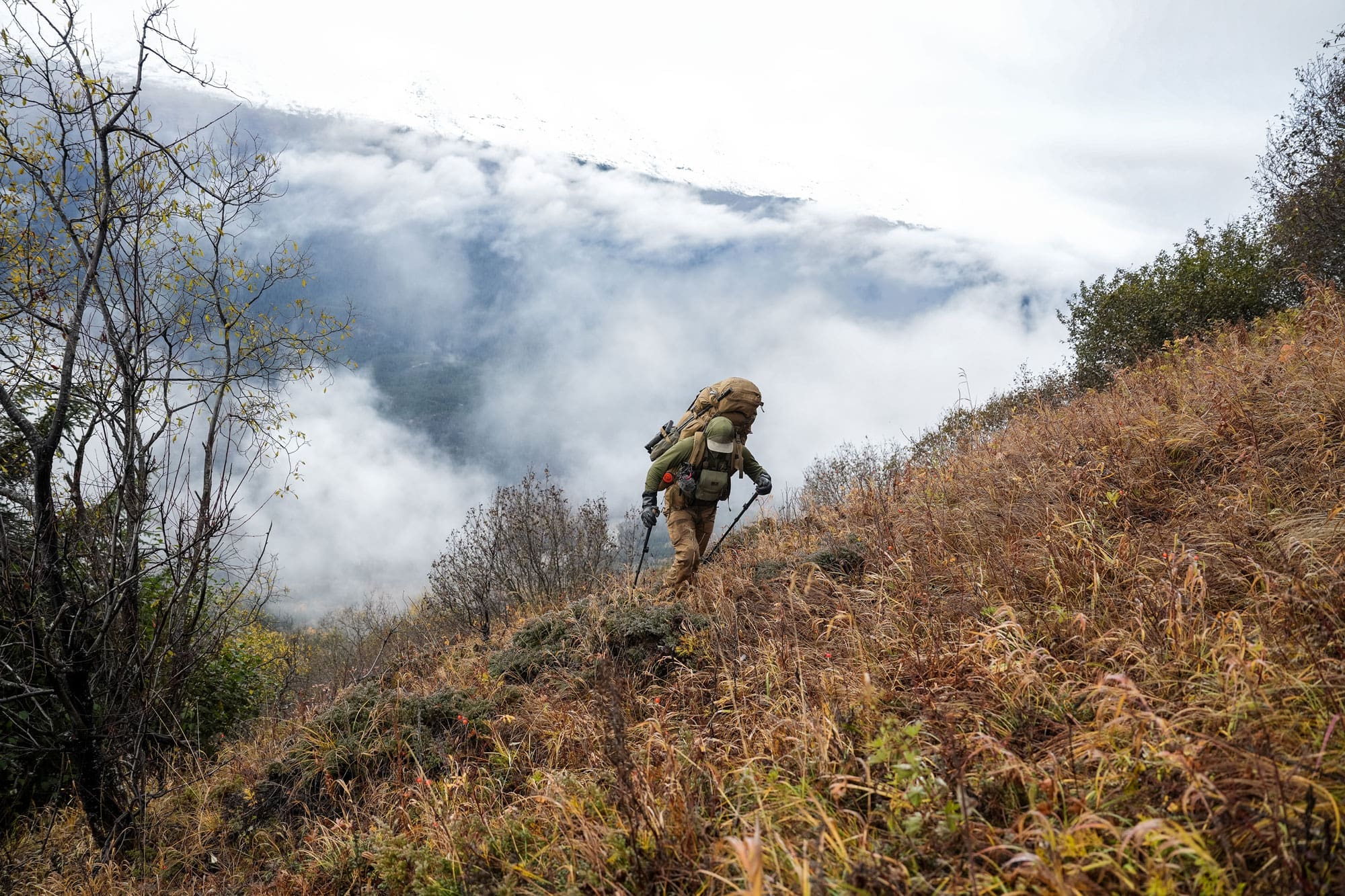
Eventually, our guide Mark stopped and whispered, “Goats.”
Two billies, standing about 300 yards away, skylined against the slope. Justin set up the camera and confirmed what we suspected – Roman noses, thick horns, large scent glands. No doubt. Billies.
We quickly discussed options. Should we try to shoot both, or take one and hold off? Weather was coming in, and our guide was concerned the river could drop too low for extraction. We never made a firm decision. We just dropped our packs and got into position.
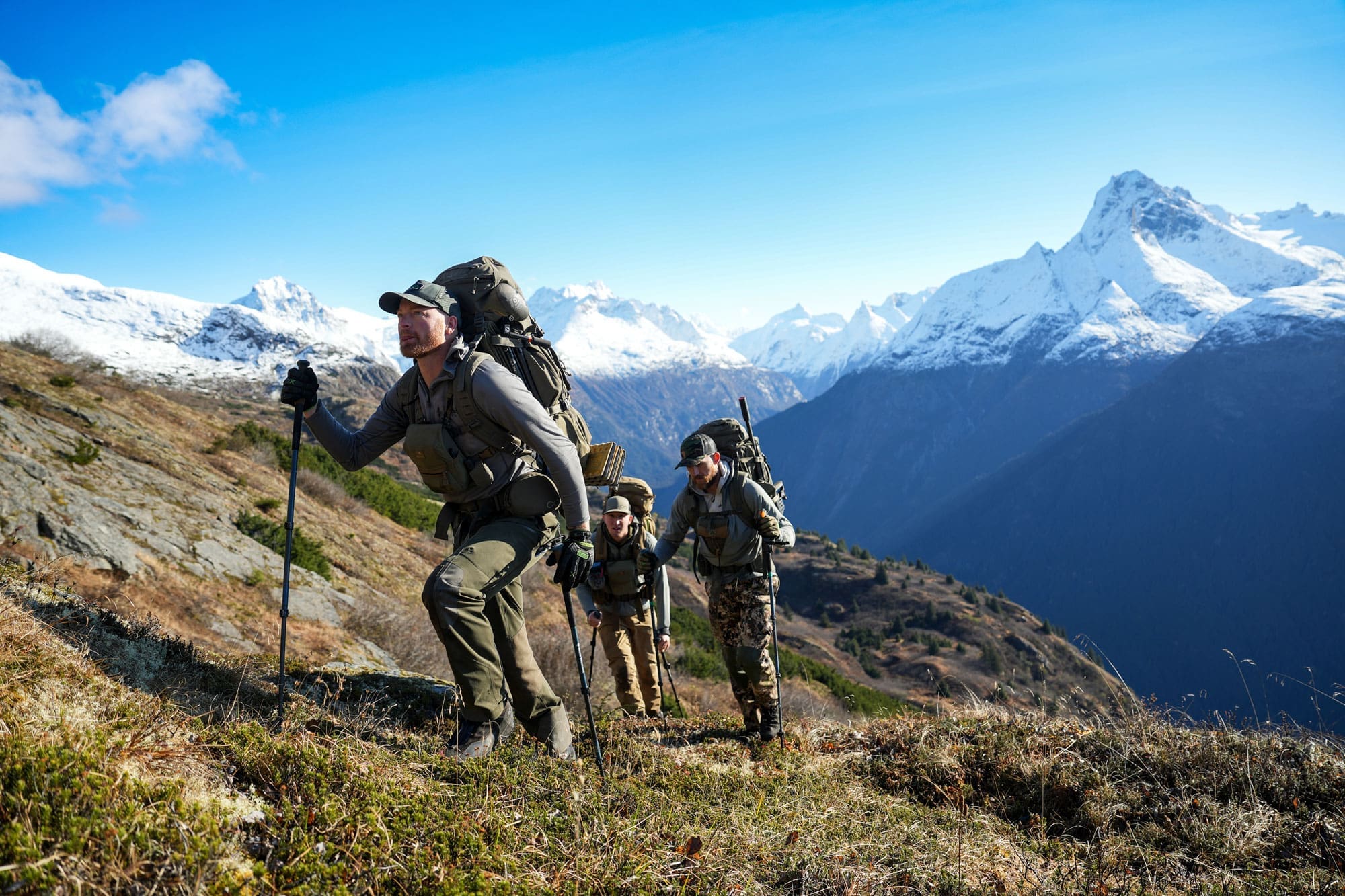
Mark had already insisted I shoot first. That’s the kind of hunting partner he is – selfless.
I found a good prone spot and began getting steady, ranging, dialing, dry-firing, and adjusting for wind. I wasn’t focused on which billy I wanted – just whichever one gave me the best shot.
I looked left at Mark. “I’m going hot.”
Then I glanced right at Justin. “You rollin’?”
He gave me a nod. I chambered a round, clicked off the safety, settled into my breathing, and squeezed the trigger.
Impact. The billy dropped immediately. I stayed in the scope, ready for a follow-up, but it wasn’t needed.
Emotions started to rise – I had just shot a mountain goat.
Then I noticed the second billy standing from his bed, looking down toward the one I had just dropped. Our guide’s voice came through quietly, “You can shoot the other if you want to, Mark.”
A few seconds later, Mark squeezed off a shot. His billy dropped in its bed.
We looked at each other in disbelief. Two goats. Two clean shots. One unforgettable moment.
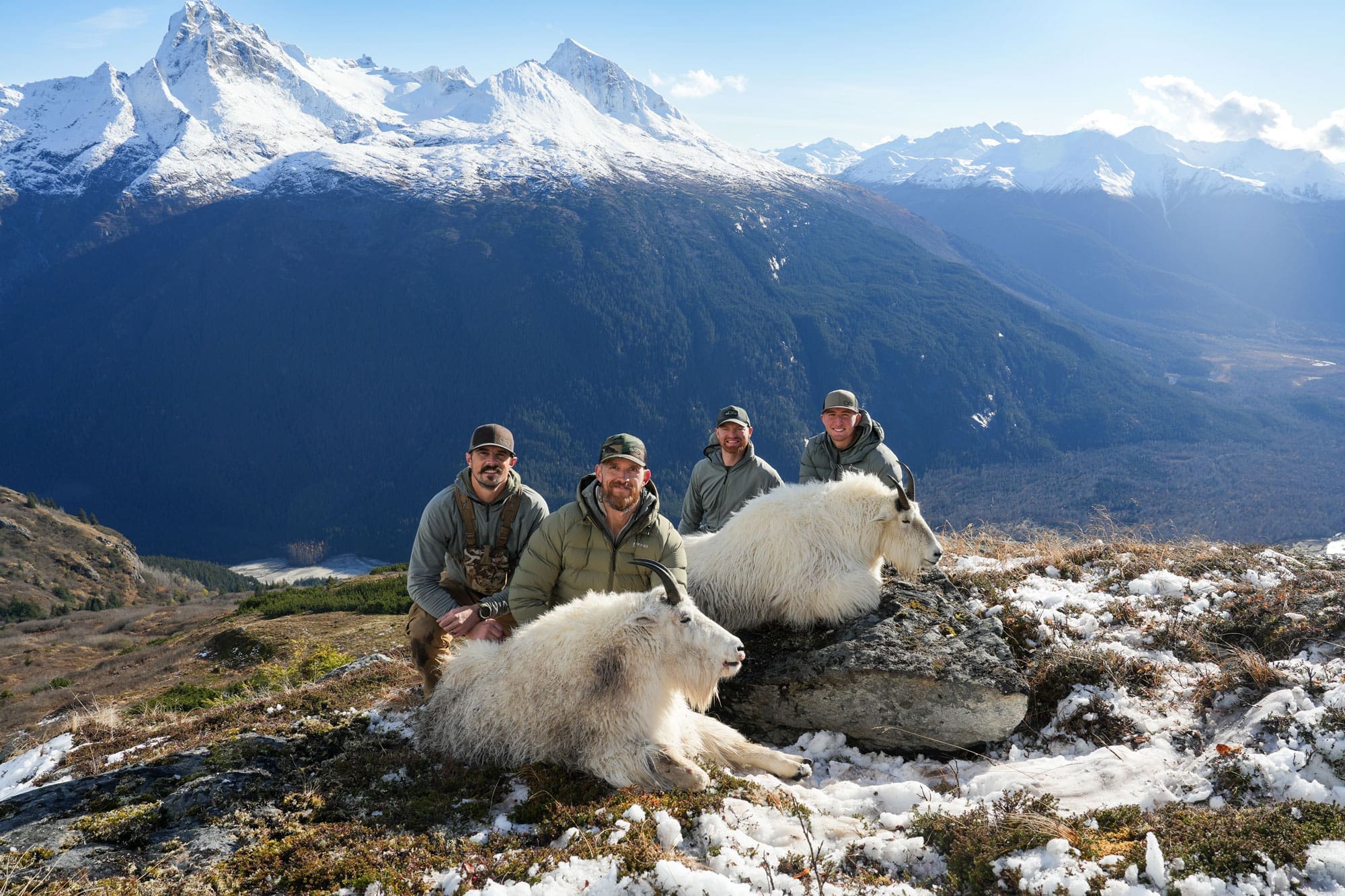
The Packout Begins
We high-fived and hugged, but knew we had work to do. As we climbed to the goats, we hit the snowline around 4,000 feet. I started getting dizzy again – the steep slope and exposure triggered my vertigo. I had to sit down, eat, and drink before I could safely move again.
Eventually, I laid my hands on my goat – a moment I’ll never forget. We snapped a few photos, then got to work quartering and packing. With just over an hour of light left, we loaded our packs, each of us carrying part of both goats, and began the descent.
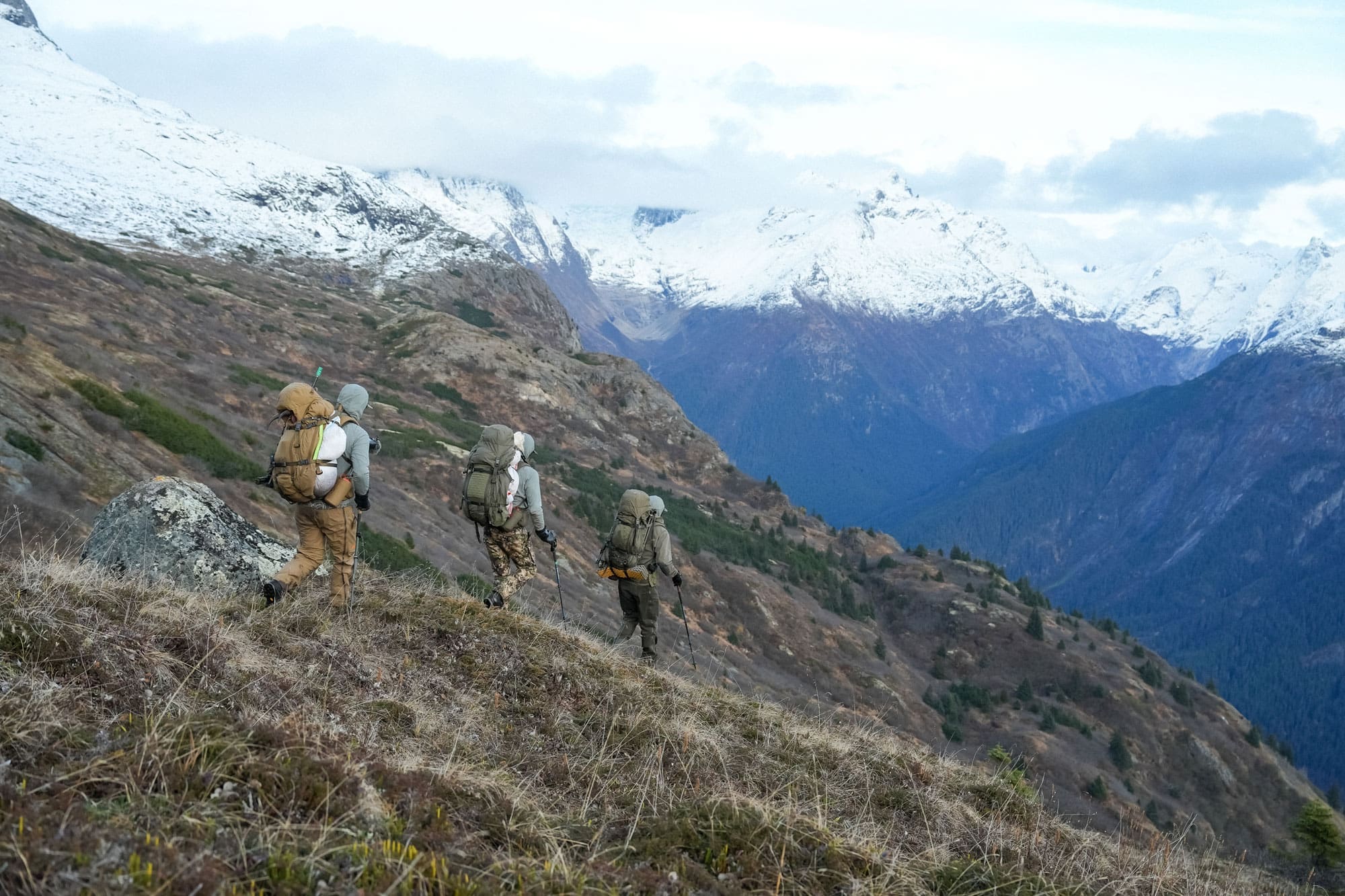
That hike back to camp was brutal. Thick brush, uneven footing, and navigating in the dark made it slow going. We didn’t roll into camp until well after dark. We ate, talked about the day, and tried to rest – because the hardest part was still ahead.
Snow, Stumps, and a Close Call
We woke to colder temps and snow. The mountains were covered, and the trail was slick. We packed up, loaded our heavy gear, and began the long descent to the river.
It was one of the hardest packouts I’ve ever done. Falling multiple times in the brush, struggling to stay upright on slick slopes, and trying to beat the daylight added to the challenge. Eventually, we made it down.

We loaded the boat again and started the shuttle. The water had dropped noticeably since we went in, and new stumps had appeared in the channels. While navigating one of the tight stretches, our guide made a last-second decision. Too late. We hit a submerged stump, hard.
The impact threw Justin out of the boat. I reacted fast and grabbed his legs before he went under. It could’ve gone bad in a hurry, but we got him back in and made it the rest of the way without further incident.
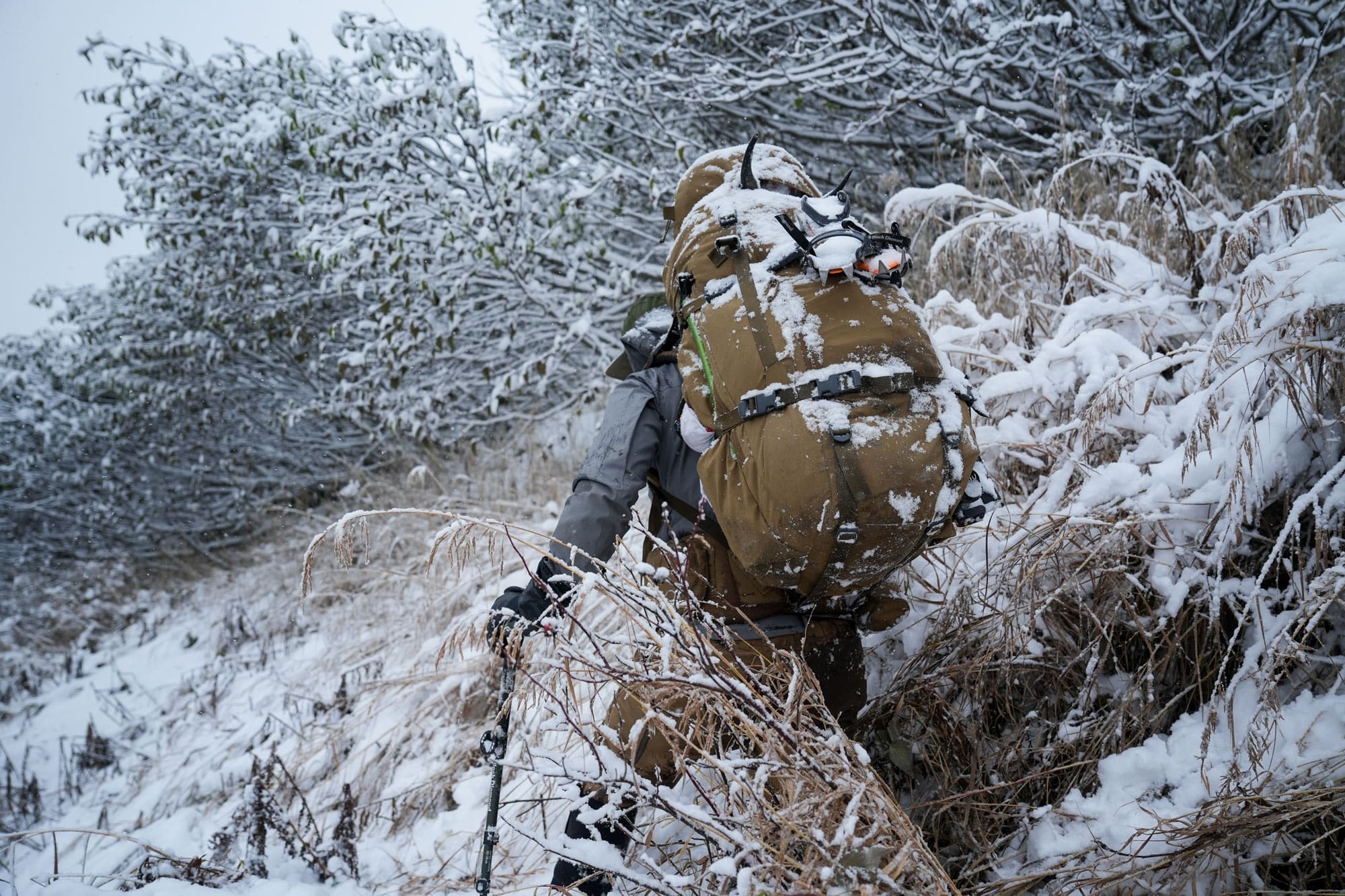
Full Circle
Back at the cabin, we checked our goats in with Alaska Fish & Game. The biologists were impressed – my goat was aged at 12 years old, which they said was rare. Most billy goats they see are 8-10. As it turned out, I was our guide’s youngest client, and that goat was the oldest he’d ever packed out.
This hunt pushed me out of my comfort zone in every way – mentally, physically, and emotionally. From exposed climbs to intense weather and long days under load, I was challenged at every turn. But I’m grateful I said yes.
Sometimes the best memories come when you lean into discomfort and say yes to something that scares you. And lastly, thank you again to my boss, Steve Speck, for sending me on this hunt.
To watch the film from this hunt, check out The Experience Project – Part 1 and Part 2 – at TheExperienceProject.com.
Jake Havlicek is the Community Manager at Exo Mtn Gear, where he manages customer service, social media marketing, traveling for trade shows, and overseeing warranty/returns. To learn more about Exo Mtn Gear and the pack systems they make, visit ExoMtnGear.com
